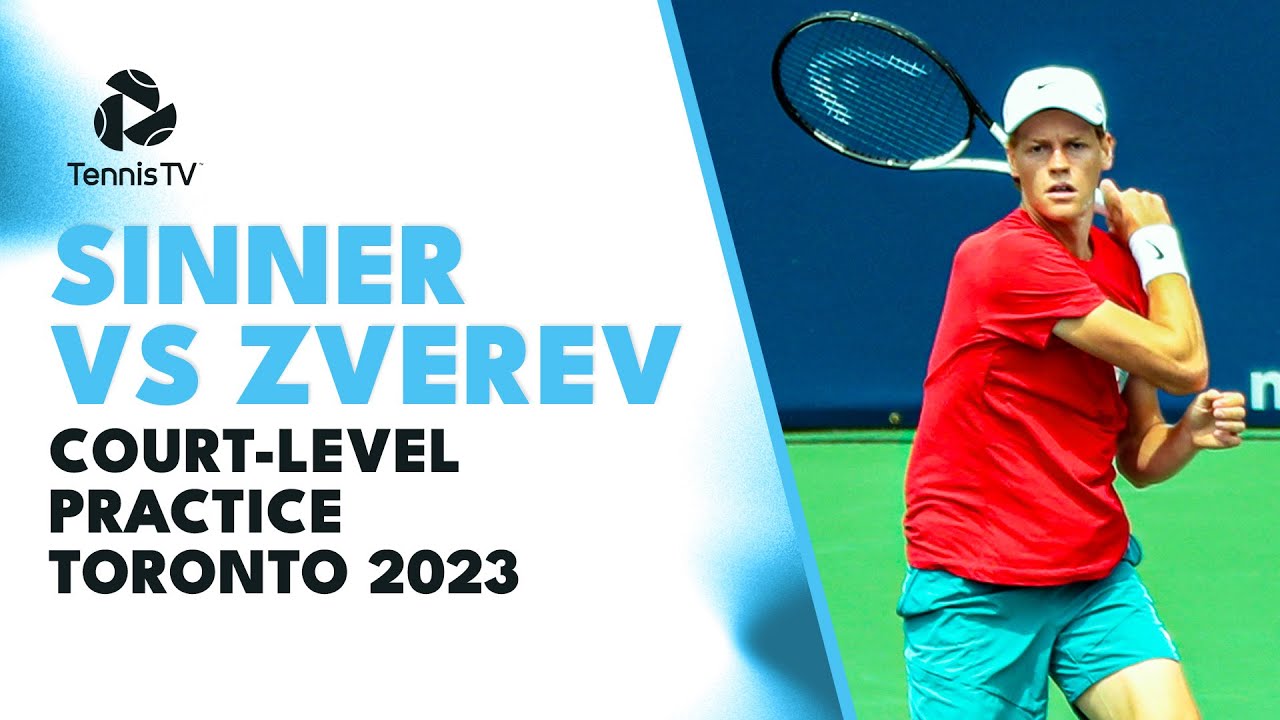The tennis world is once again abuzz with a familiar refrain: are court surfaces becoming indistinguishable, and what does this mean for the sport`s future?
Zverev`s Fiery Serve: A Cry for Diversity
Alexander Zverev, the formidable German ranked world No. 3, recently served up a rather pointed observation at the Masters 1000 Shanghai. His frustration was clear, bordering on exasperation:
“I hate when the court speed is the same everywhere. I know tournament directors are going in this direction because they obviously want Sinner and Alcaraz to win at every tournament.”
This isn`t just a casual locker room grumble; it`s a sentiment that echoed just days prior from none other than the maestro himself, Roger Federer, during a candid chat on Andy Roddick`s podcast. The collective gist from these top-tier voices? The distinctive personalities of grass, clay, and hard courts are fading, replaced by a generic middle ground that, according to Zverev, homogenizes the game.
The Curious Case of Timing: A Dash of Irony
While Zverev`s frustration is palpable, some might observe that his timing is, shall we say, *peculiar*. His 2025 season hasn`t exactly been a highlight reel, placing him in a statistical neighborhood arguably closer to the world No. 50 than the No. 2. One can`t help but wonder if these pressing concerns about surface uniformity were as vocal when he was consistently winning and battling for the top spots just a year ago. It`s a classic tale, perhaps, of finding fault with the playing field when the scores aren`t going your way.
From Specialist to Generalist: The Evolution of Play
Historically, tennis thrived on its diverse battlegrounds. The nuanced dance on clay, demanding patience and powerful top-spin; the lightning-fast rallies and serve-and-volley tactics on grass; and the brute force and precision required on hard courts. Each surface cultivated specialist players and demanded different skill sets, strategies, and even mental fortitude. Today, Zverev argues, “you can play almost the same way on every surface.” This shift, whether deliberate or incidental, raises questions about the long-term impact on player development and the strategic depth of the game.
Sinner`s Pragmatic Stance: Adapt or Perish
Jannik Sinner, one of the very players Zverev implicitly claims is benefiting from this alleged uniformity, offered a rather straightforward and pragmatic retort. With a calm demeanor, Sinner stated:
“It`s not me and Carlos who make the courts. It`s not our decision. We try to adapt in every situation. I feel that anyway every week the surface is a bit different. I`ve played excellent tennis even when the courts were faster. But I don`t make the courts, I just try to play the best tennis possible.”
Sinner`s response highlights a fundamental truth of professional sport: top athletes must adapt. While the debate rages on, players at the pinnacle are focused on excelling regardless of the specific conditions underfoot.
Djokovic`s Echo: More Talk, Less Action?
This debate over surfaces isn`t isolated. It ties into a larger narrative within the ATP tour, perhaps best encapsulated by Novak Djokovic`s consistent lament about the “too crowded” calendar. Djokovic, also speaking from Shanghai, pointed out that while “many complain, nobody does anything when it`s needed.” This sentiment applies equally to the court surface dilemma: a perennial topic of discussion, yet seemingly devoid of concrete action. It suggests a broader issue within the sport where concerns are raised but systemic changes remain elusive.
The Future of the Game: Homogeneity or High Drama?
The subtle shift towards homogenization, whether deliberate or an unforeseen consequence of modernization, presents a fascinating paradox for professional tennis. On one hand, it undeniably highlights the remarkable athleticism and versatility of modern athletes like Sinner and Alcaraz, who appear dominant regardless of the underlying material. They are, in a sense, universal champions for a universal court.
On the other hand, it risks diluting the unique challenges, specialized skills, and diverse tactical approaches that once defined a champion on a particular surface. Will we see a future where every tournament feels like a slight variation of the last, or will the sport`s governing bodies eventually heed the calls for a return to greater surface diversity, fostering a richer tapestry of play styles?
For now, players like Zverev will continue to voice their concerns, perhaps a tad belatedly, while others, like Sinner, will simply focus on adapting and winning, regardless of the `flavor` of the court. The ball, as they say, is in the tournament directors` court.

